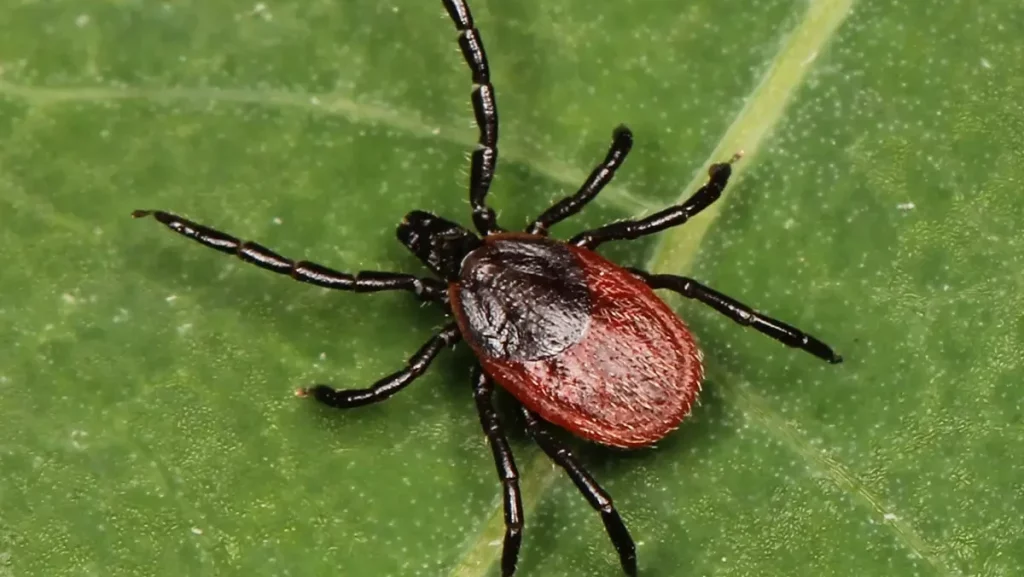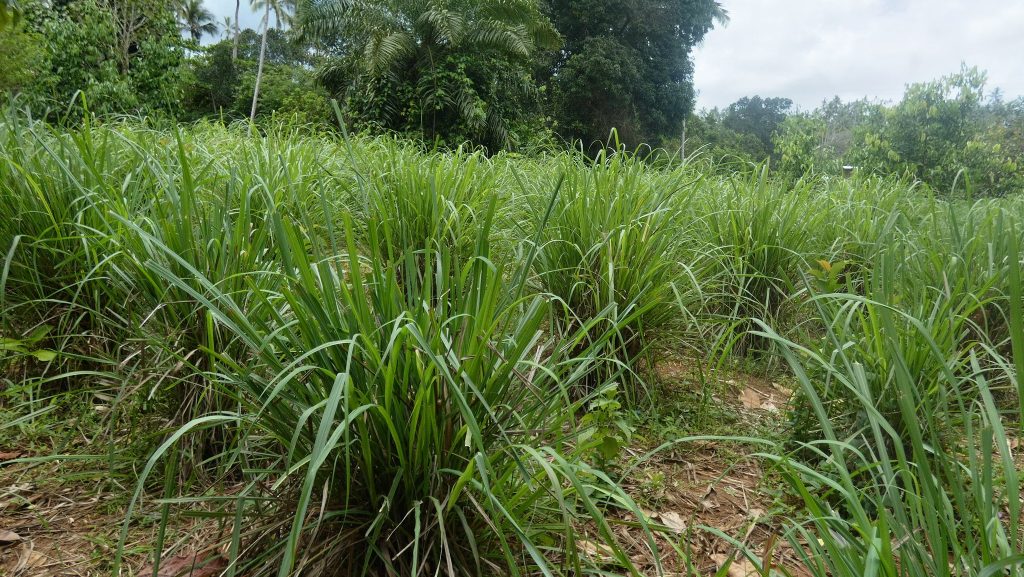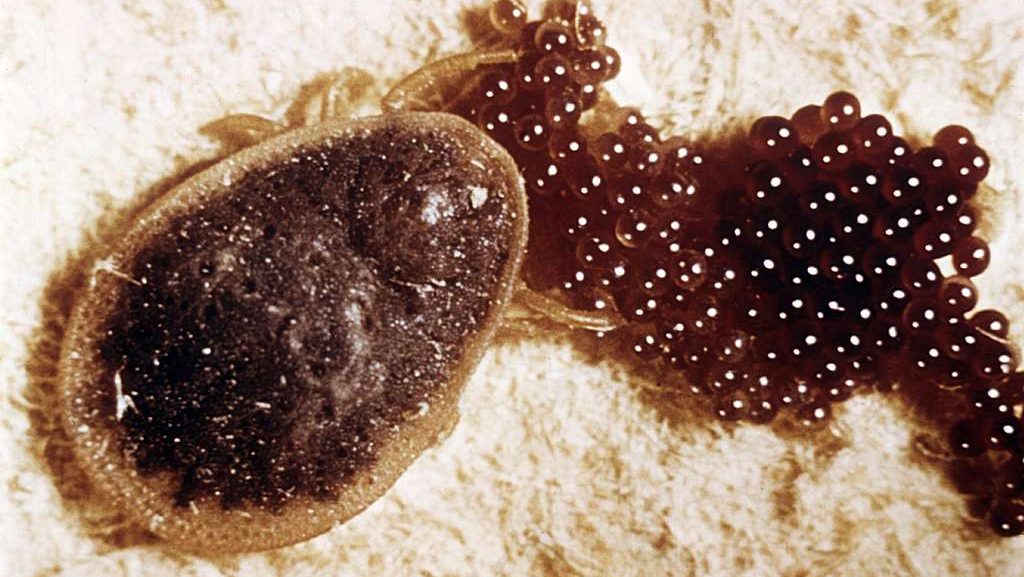Key Takeaways
-
Ticks Thrive in Various Environments: Ticks thrive in forests, tall grass, urban parks, and areas with pets.
-
Questing Behavior: Ticks climb plants to latch onto passing hosts, a behavior known as “questing.”
-
Preferred Environment: They prefer cool, shaded, and moist environments to stay alive.
-
Ticks in Urban Areas: Ticks can live in urban areas, especially in gardens and parks with animals.
-
Egg Laying Spots: Ticks lay eggs in sheltered spots like leaf piles or near animal paths.
-
Preventing Tick Habitats: Regular lawn mowing and removing brush can help reduce tick habitats.
Where Do Ticks Live?
 Ticks are found in a variety of environments, but they prefer areas that offer shade, humidity, and access to hosts. Here are the most common places where ticks live:
Ticks are found in a variety of environments, but they prefer areas that offer shade, humidity, and access to hosts. Here are the most common places where ticks live:
Wooded and Forested Areas
Ticks thrive in dense, wooded areas where leaf litter, shrubs, and tall grass provide cover and moisture. These habitats offer ideal conditions for ticks to survive and find hosts such as deer, rodents, and birds. Deer paths and animal trails in these areas are especially prone to tick activity, as ticks rely on passing wildlife for their blood meals. Additionally, fallen logs and shaded tree trunks provide further shelter from harsh sunlight, ensuring the moisture ticks need to stay alive.Tall Grass and Brush
Overgrown fields, brush piles, and tall grass are ideal environments for ticks. These areas allow ticks to climb to the tips of grass blades or vegetation, where they can latch onto passing animals or humans in a behavior called “questing.” Tall grass near fences, garden edges, and rural properties is particularly prone to tick infestations. Homeowners should trim grass regularly, as uncut lawns are attractive tick habitats, especially in moist climates or shaded areas.Leaf Piles and Underbrush


Not getting a solution?
Get your free pest control estimate today!Urban Environments
While less common, ticks can live in parks, playgrounds, and gardens where pets and wildlife bring them into human areas. In urban environments, ticks often enter through animals like squirrels, birds, stray cats, and domestic pets. Once inside, they can establish themselves in shaded lawns, gardens, and hidden corners. Pet bedding, dog houses, and shaded kennels are particularly vulnerable to tick infestations. Urban residents should regularly check their pets and outdoor areas to prevent ticks from becoming established.Animal Nests and Burrows
Ticks live in the nests and burrows of rodents, birds, and small mammals, which provide food sources and shelter for laying eggs. Rodents, in particular, act as carriers that introduce ticks into human environments. Potential tick hotspots are birdhouses, animal dens, and attics with signs of small wildlife activity. Controlling rodent and small animal activity around your property can reduce the likelihood of tick infestations in these hidden spaces.Humid and Shady Areas
Ticks cannot survive prolonged exposure to the sun. They prefer shaded, humid areas like under trees, bushes, and leaf canopies. Moist soil, shaded wood piles, and garden borders with dense vegetation all create favorable conditions for ticks to survive and reproduce. Ticks rely on these cool environments to avoid dehydration and remain active while waiting for hosts. Areas with frequent irrigation or natural moisture buildup further attract ticks, so proper drainage is critical to minimizing their presence.How to Identify Tick-Infested Areas
- Overgrown Grass and Weeds
- Moist, Shady Spots
- Wildlife Presence
- Pet-Frequented Areas
Where Do Ticks Lay Eggs?
-
Ticks require sheltered, undisturbed areas to lay eggs. A single female tick can lay thousands of eggs at once.
-
Soil and Leaf Litter: Female ticks lay eggs in damp, shaded areas like soil crevices, leaf litter, and underbrush.
-
Cracks and Crevices: Outdoor wooden furniture, tree bark, and fences provide hidden spots for ticks to lay eggs.
-
Animal Bedding and Nests: Rodent nests, birdhouses, and pet bedding offer warmth and food availability for egg-laying ticks.
-
Near Hosts: Ticks lay eggs close to areas frequented by hosts like deer, pets, or humans to ensure larvae can find a blood meal.

Tips for Reducing Tick Habitats
-
Mow your lawn regularly and keep grass short.
-
Remove leaf litter, brush piles, and overgrown vegetation.
-
Create a barrier of gravel or wood chips between wooded areas and your yard.
-
Treat pet bedding and outdoor kennels with tick-preventive solutions.
-
Use tick repellents when spending time in tick-prone areas.
Myth vs. Fact About Tick Habitats
Here are a few myths and facts about ticks’ living spaces:| Myth | Fact |
|---|---|
| Ticks only live in dense forests. | Ticks can thrive in urban areas like parks, gardens, and lawns. |
| Ticks die during the winter. | Ticks survive winter by hiding in leaf litter, soil, or animal nests. |
| Ticks cannot live indoors. | Brown dog ticks can survive and reproduce indoors, especially in warm environments. |
| Ticks only live on animals. | Ticks live in shaded, humid areas like underbrush, grass, and soil, not directly on their hosts. |
| Ticks are not found in dry areas. | Some tick species adapt to drier climates by seeking shelter in cracks, crevices, and shaded spots. |





